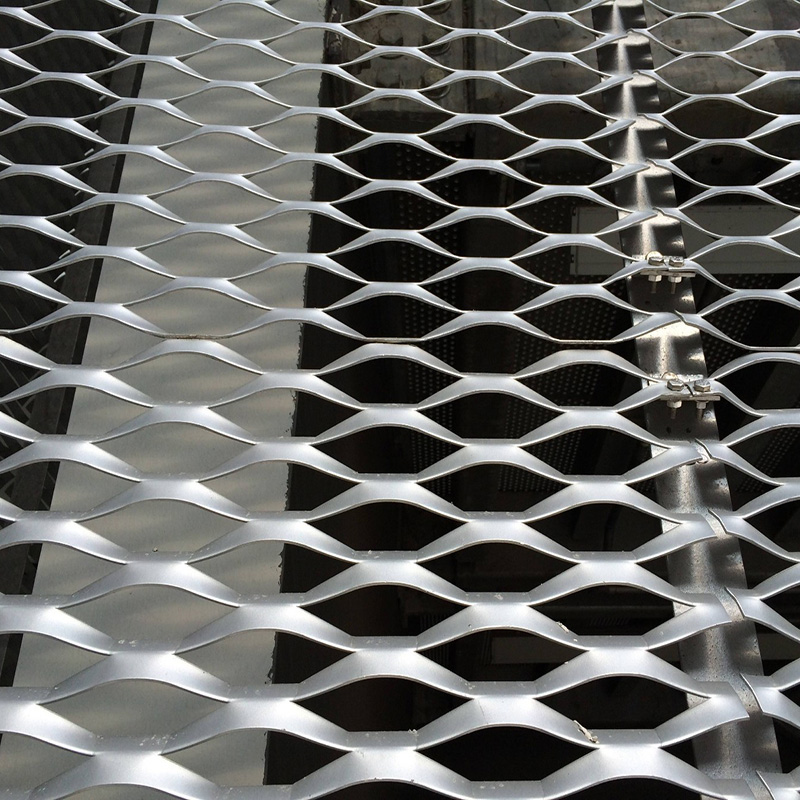-
+86 15030157877
-
sales@galvanizedmetalmesh.com
Sep . 28, 2024 11:37 Back to list
angle steel
Understanding Angle Steel Properties, Uses, and Benefits
Angle steel, also known as angle iron, is a versatile structural material widely used in construction and manufacturing. Characterized by its L-shaped cross-section, angle steel is manufactured from various materials, including carbon steel, stainless steel, and aluminum, making it suitable for a range of applications. The unique shape provides excellent strength and stability, making it a preferred choice for construction projects, industrial applications, and DIY tasks.
Properties of Angle Steel
The primary advantage of angle steel is its high strength-to-weight ratio. The L-shape design allows it to bear significant loads while remaining lightweight, facilitating easier transport and installation. Additionally, angle steel possesses good durability, resisting deformation and maintaining its structural integrity under various environmental conditions. It is also relatively resistant to corrosion, particularly when made from stainless steel or coated with protective finishes.
Angle steel comes in different sizes and thicknesses, allowing engineers and architects to select the most suitable option for their specific requirements. Its dimensions are typically described in terms of the length of the legs and the thickness of the material. This versatility ensures that angle steel can be adapted to a variety of structural configurations.
Uses of Angle Steel
Angle steel is utilized across numerous industries, making it a fundamental component in various construction and manufacturing sectors. One of its primary applications is in the framework of buildings and structures, where it is employed to create braces, columns, and beams. Its strength and stability are essential for supporting roofs, floors, and walls.
angle steel

In the manufacturing industry, angle steel is used to produce a wide range of products, including racks, frames, and supports for machinery. It is also commonly found in car manufacturing, shipbuilding, and other heavy-duty applications, owing to its robust nature.
The construction of outdoor structures, such as fences and scaffolding, often depends on angle steel for reinforcement. Its corrosion-resistant properties make it ideal for use in harsh environments, including coastal areas where exposure to moisture is a concern. Additionally, angle steel is frequently used in the creation of furniture and decorative items, exemplifying its versatility even in design-focused projects.
Benefits of Angle Steel
The benefits of using angle steel are numerous. Its cost-effectiveness is a significant advantage, as it provides a durable and reliable solution at a relatively low price. The ease of installation, owing to its lightweight nature and straightforward assembly methods, further enhances its appeal.
Moreover, angle steel is an environmentally friendly choice, particularly when sourced from recycled materials. Its long lifespan reduces the need for frequent replacements, contributing to sustainability goals in construction and manufacturing.
In conclusion, angle steel is an indispensable material in modern construction and manufacturing. Its strength, versatility, and cost-effectiveness make it a favored choice for engineers, architects, and manufacturers alike. Whether used in building frameworks, machinery supports, or even decorative designs, angle steel continues to play a crucial role in enhancing the structural integrity and aesthetic appeal of various projects. As industries evolve, the application of angle steel is likely to expand, affirming its position as a vital building block in a wide array of contexts.
-
Smart AI Fence Solutions with GPT-4 Turbo | Secure & Fast
NewsAug.02,2025
-
Welded Gabion Solutions: Durable & AI-Enhanced Designs
NewsAug.01,2025
-
Premium Welded Gabion Mesh | Robust & Eco-Friendly
NewsJul.31,2025
-
Premium Eco-Friendly Roof Tiles | Affordable & Durable
NewsJul.31,2025
-
Premium Roof Tiles for Durable & Stylish Roofing Solutions
NewsJul.30,2025
-
High-Quality Roof Tiles for Durable & Stylish Roofing Solutions
NewsJul.29,2025



